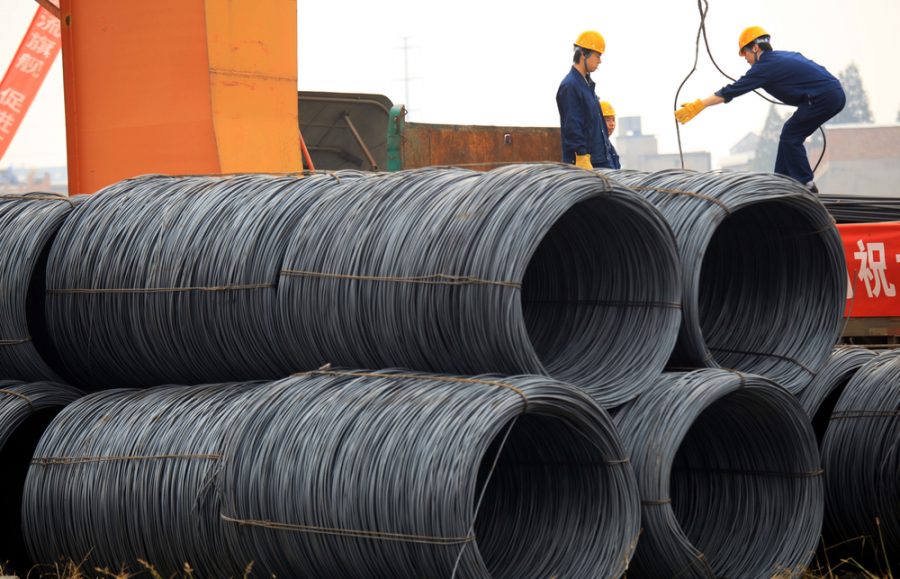
Chinese steelmakers are regaining their appetite for high-grade iron ore despite record-high ore prices, mill managers and traders say, as recovering profit margins spur plants to seek efficiency gains and ramp up output.
Steel firms had been forced to slash input costs through switching to low-quality ore in late 2018 as steel margins dived amid record output. A sharp surge in iron ore prices in early 2019 – sparked by a catastrophic tailings dam failure at a Vale SA mine in Brazil – also fuelled that switch.
But as China’s economic growth revved up in the first quarter, and tighter anti-pollution measures came into effect, executives gathered an industry conference in Singapore this week also said higher quality – and higher priced – ore is very much back on the menu.
“That talks to an industry that is moving towards efficiency, productivity, cleaner practices and therefore you need high-grade iron ore”
“We have signed abundant orders for steel products for the coming three months and steelmaking is quite profitable,” said a purchasing manager at a mid-sized mill in China’s top steelmaking province of Hebei. “It’s time to buy more high-grade ore,” he said, declining to be identified as he was not authorised to speak to media.
Beijing’s anti-smog drive is also helping.
China’s environment ministry last week ordered mills to target ultra-low emission levels to improve air quality, meaning advanced equipment and better quality iron ore.
“In the longer term, because of the changes in the Chinese steel industry…as well as tighter emissions controls, we see a very significant demand pool and preference for high-grade iron ores,” said Siddarth Aggarwal, market analysis manager for iron ore and ferrous trading at Anglo American.
Prices of 65% iron-content ore for delivery to China hit a five-year-peak of $110.5 a tonne on Thursday, while its premium to benchmark 62 percent ore widened to five-month highs.
“That talks to an industry that is moving towards efficiency, productivity, cleaner practices and therefore you need high-grade iron ore,” Aggarwal told Reuters on the sidelines of the Singapore conference.
Inventories of imported iron ore at Chinese ports have fallen to their lowest since October 2017 to 133.6 million tonnes, according to data from consultancy SteelHome.
The ore market outlook is also underpinned by the estimated 98 million-tonne supply gap left by Brazil’s Vale following the in Brumadinho dam disaster in late January, which killed hundreds.
Some high-grade ore products, such as Vale’s Carajas fines with iron content at 65%, are now in short supply.
Some high-grade ore products, such as Vale’s Carajas fines with iron content at 65%, are now in short supply
Miners elsewhere have tried to boost high-grade output in an effort to win a share of the premium market, including Australia’s Fortescue Metals Group (FMG), which traditionally sells mainly low grade 58% ore.
The company shipped its first cargo of 60.1% ore content West Pilbara Fines to China in December, and expects output of the new product to reach 5-10 million tonnes in 2019.
FMG also recently announced a $2.6 billion expansion of its Iron Bridge Magnetite project in Western Australia, expecting to produce 22 million tonnes of iron magnetite concentrate at 67% grade by mid-2022.
Meanwhile, China’s domestic miners are also dialling up output of higher-grade ore, and analysts expect Chinese miners to add around 10 million tonnes of supply in 2019, mainly high quality ore with low impurities.
(By Muyu Xu and Mai Nguyen; Editing by Kenneth Maxwell)